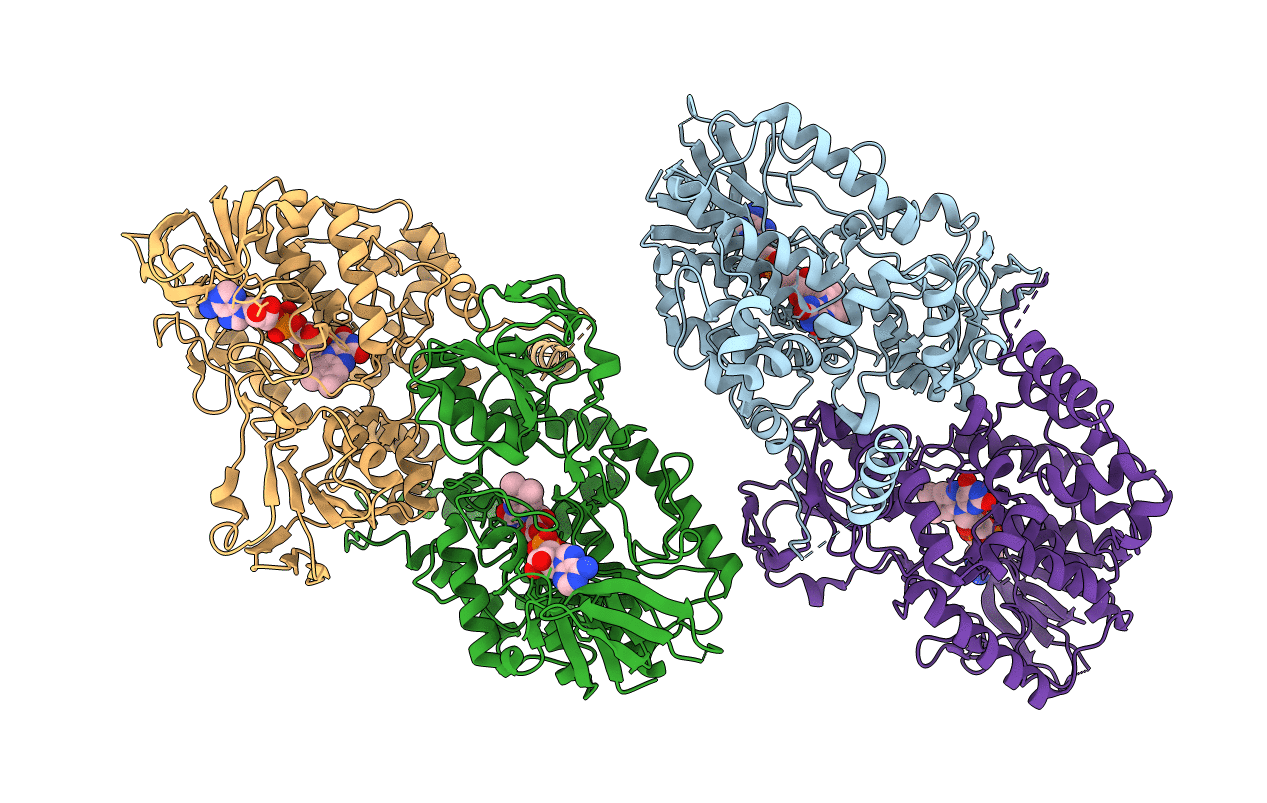
Deposition Date
2019-07-30
Release Date
2019-12-25
Last Version Date
2024-01-24
Entry Detail
PDB ID:
6SEM
Keywords:
Title:
Crystal Structure of Ancestral Flavin-containing monooxygenase (FMO) 2
Biological Source:
Source Organism:
synthetic construct (Taxon ID: 32630)
Host Organism:
Method Details:
Experimental Method:
Resolution:
2.80 Å
R-Value Free:
0.25
R-Value Work:
0.21
R-Value Observed:
0.21
Space Group:
C 1 2 1


